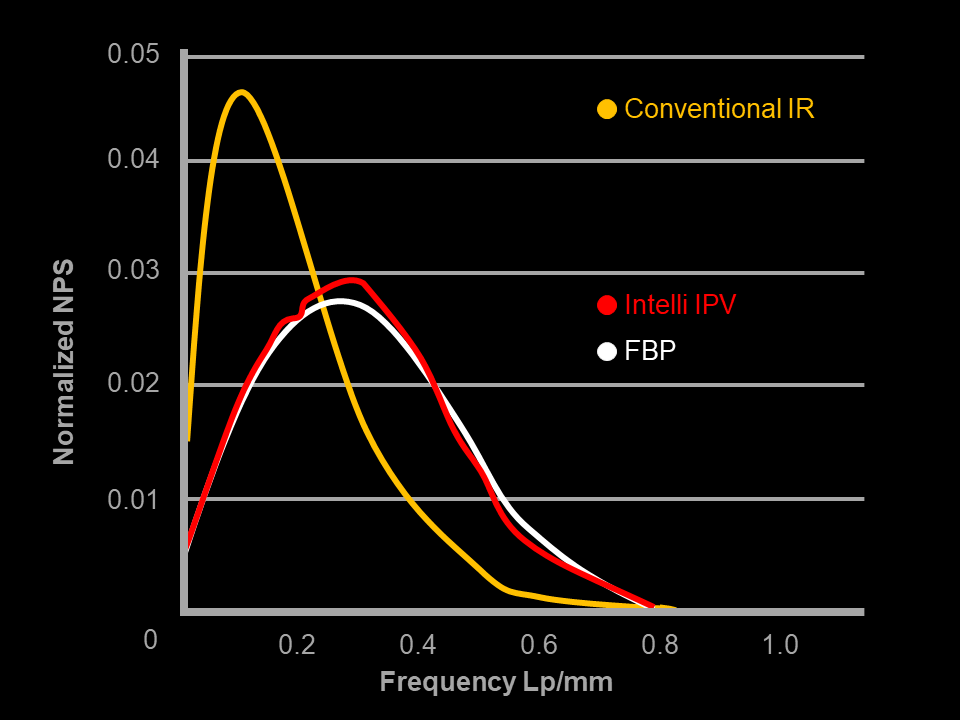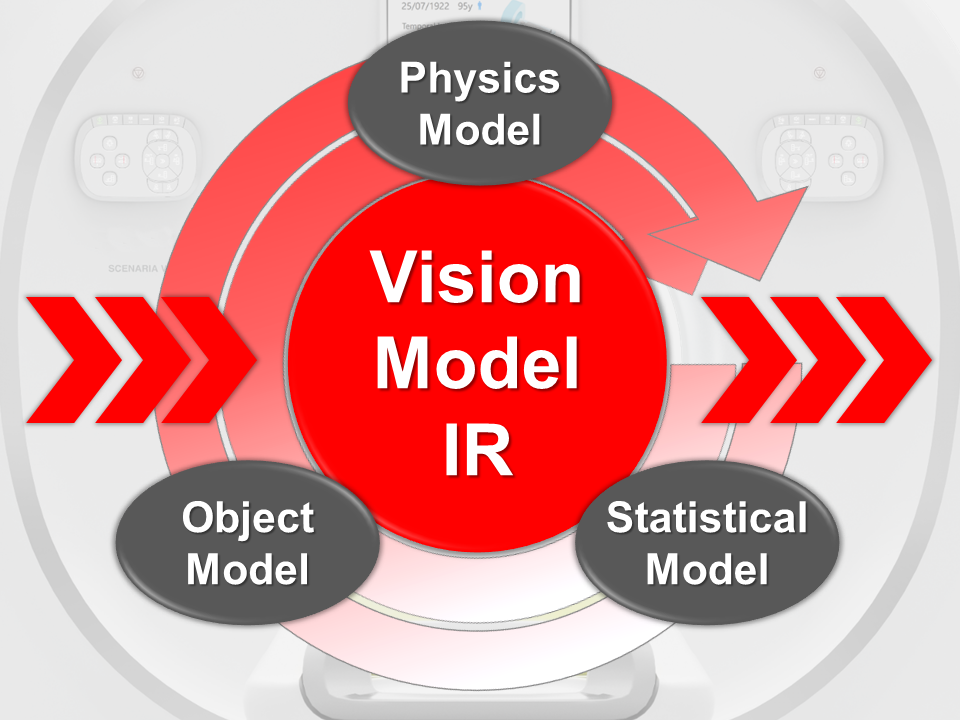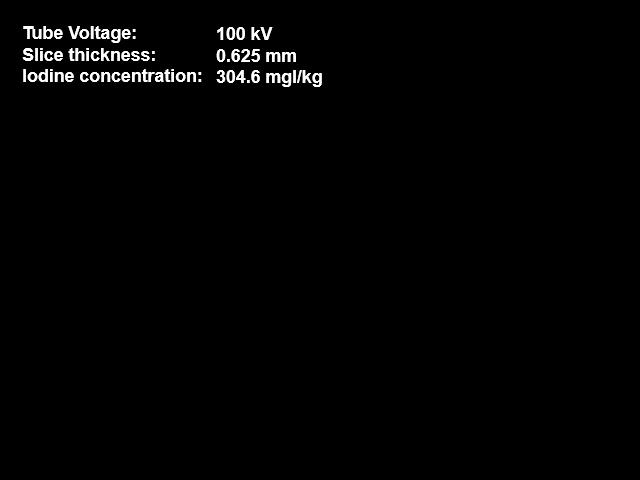Intelli IPV
Low-dose exams with
Find the perfect balance of low dose, low contrast and high image quality
We know that minimising CT radiation exposure while maintaining high image quality remains a serious challenge for healthcare professionals – even when moving from Filtered Back Projection (FBP) to conventional Iterative Reconstruction (IR) technology. Which is why we developed Intelli IPV. Now you can conduct your CT scans at low radiation levels and still get clear, high-quality images with real diagnostic value.
A win-win for you – and your patients.
Compared to FBP, our Iterative Progressive Reconstruction with Visual Modelling (IPV) enables you to:
- Reduce radiation dose levels by up to 83% with the same image quality.
- Reduce image noise by up to 90% with the same dose and control according to the IPV level used.
- Double your low-contrast detection at the same dose.
- Maintain natural CT image texture, even when using higher IPV strength levels.
- Use less contrast media with low tube voltage – while maintaining high image quality.
Low-dose scanning while maintaining natural image texture
Original FBP images are very clear and natural, but they need to be scanned at full dosage levels. On the other hand, conventional IR scanned at lower dosage doesn’t match the Noise Power Spectrum (NPS) – resulting in blurry images. Our Intelli IPV combines the best of both worlds by giving you low-dose IR imaging with clear image texture close to FBP.


Visual Modeling for image reconstruction using three sub-models
The projection image of FBP gets reconstructed various times with different models. The physical component helps to keep image textures natural by processing it through specific frequencies. The object model clears images by reducing X-ray noise. And the statistical model reduces artefacts. Combined, this Vision Model delivers clear, noise-free images even at low-dose levels.
Double your low-contrast detection and inject less contrast media
Images enhanced with iodinated contrast media provide very useful information. But patients can react negatively to the substance – especially children or patients with renal dysfunctions. Our Intelli IPV iterative reconstruction technology detects even small amounts of contrast media with high sensitivity and resolution – which means you can use less contrast media and improve your patient care.


